Getting an environmental permit for petrol vapour recovery processes has been made easier for Scottish petrol stations, who have until the end of the month to register.
A set of standard rules, with clear guidance on quantities and requirements, has been issued by the Scottish Environment Protection Agency (SEPA) and can be found at www.sepa.org.uk/petrolstations. These rules replace the current permit conditions laid out under the Pollution Prevention and Control (PPC) permits.
The standard rules come in time for the introduction of Petrol Vapour Recovery (PVR) Stage II activities, which make it necessary for larger petrol stations to also start collecting vapours from the refuelling of vehicles. Currently only petrol vapour is collected when the petrol tanker unloads petrol at the petrol station.
Petrol retailers and forecourt operators need to apply to SEPA to vary their current permits to include PVR Stage II.
These rules introduce several key changes to the Pollution Prevention and Control (PPC) permits Scottish operators currently hold. The main changes are:
Petrol vapour recovery (PVR) for the refuelling of motor vehicles (dispensing petrol into cars), known as PVR Stage II, was introduced at the beginning of 2012.
PVR Stage II only applies to existing petrol stations if your annual petrol throughput is 3,500 m3 (3,500,000 litres) or more.
New service stations with an annual petrol throughput of 500,000 litres or more, will be required to have petrol vapour recovery for both petrol deliveries and dispensing petrol into cars.
If PVR Stage II applies to you, you must to apply for a ‘substantial variation’ to your current permit before 29 February 2012.
If PVR Stage II does not apply to your site you do not have to do anything.





















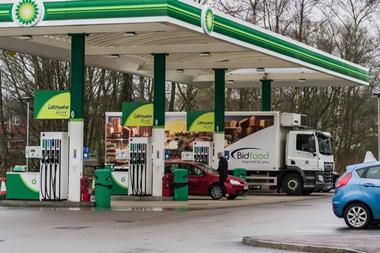
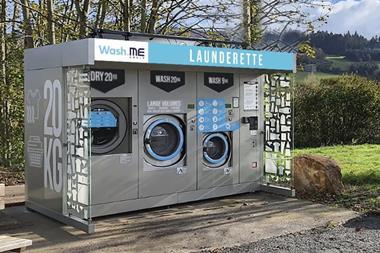
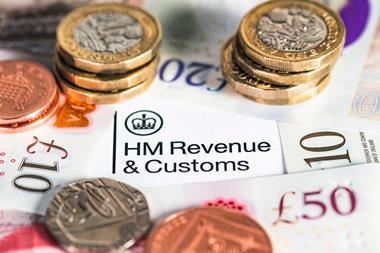
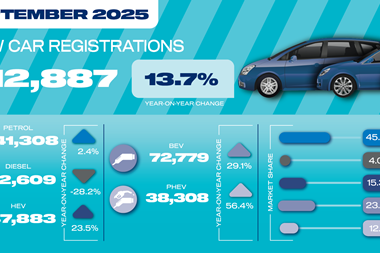
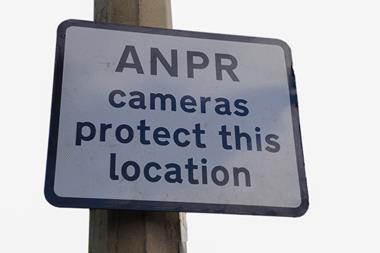
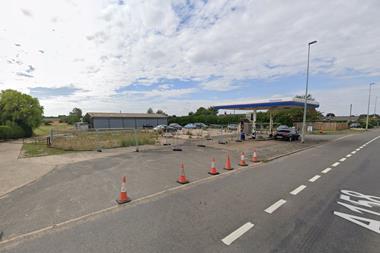
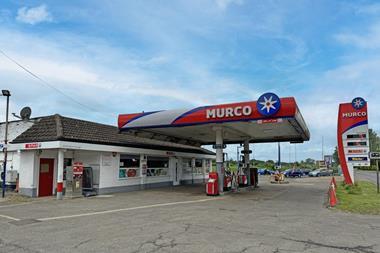
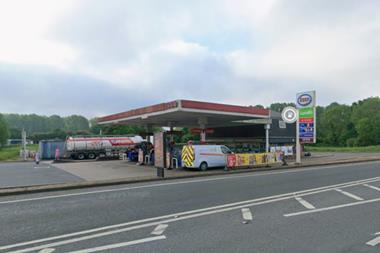
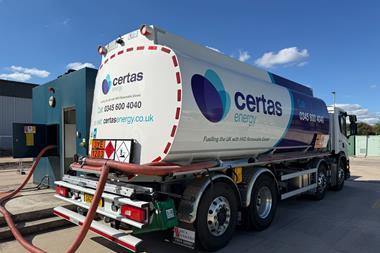

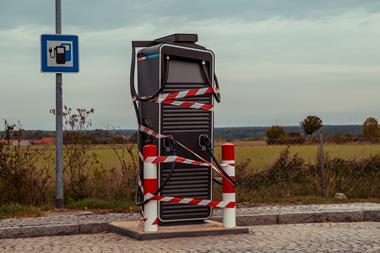
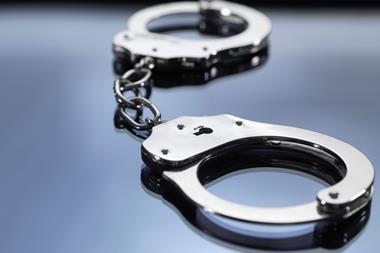
No comments yet